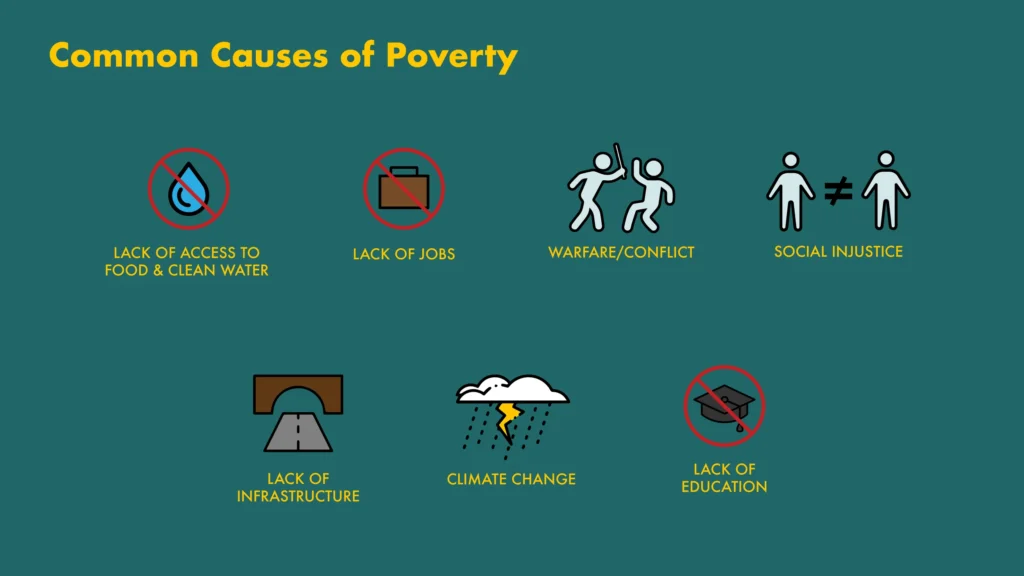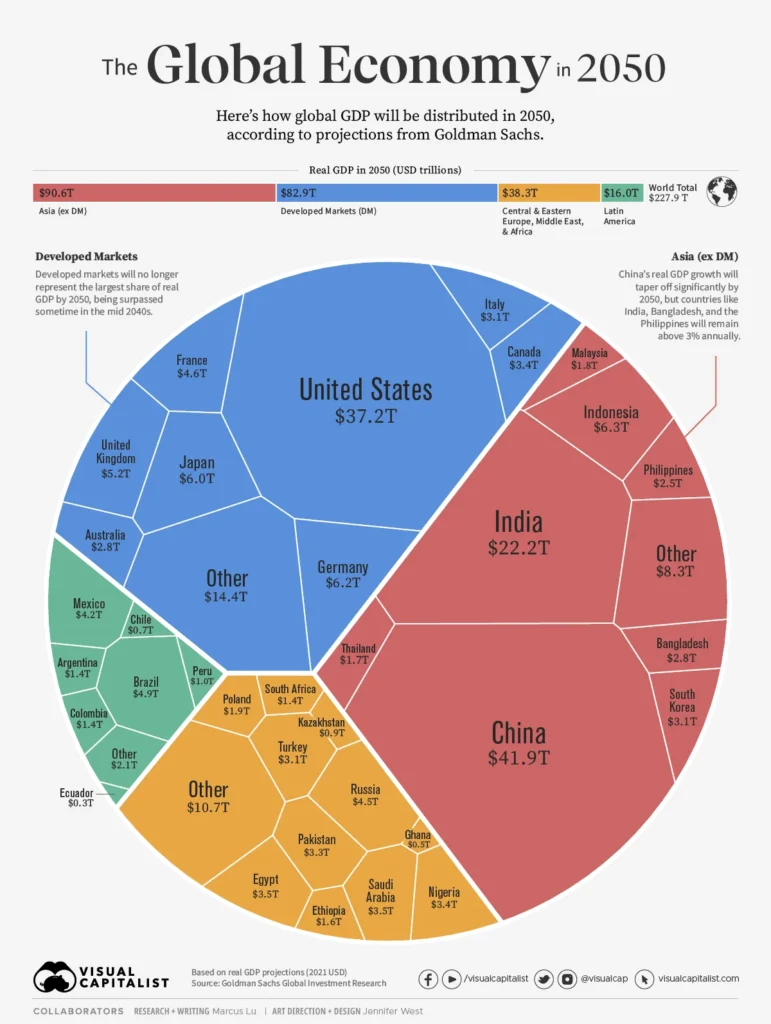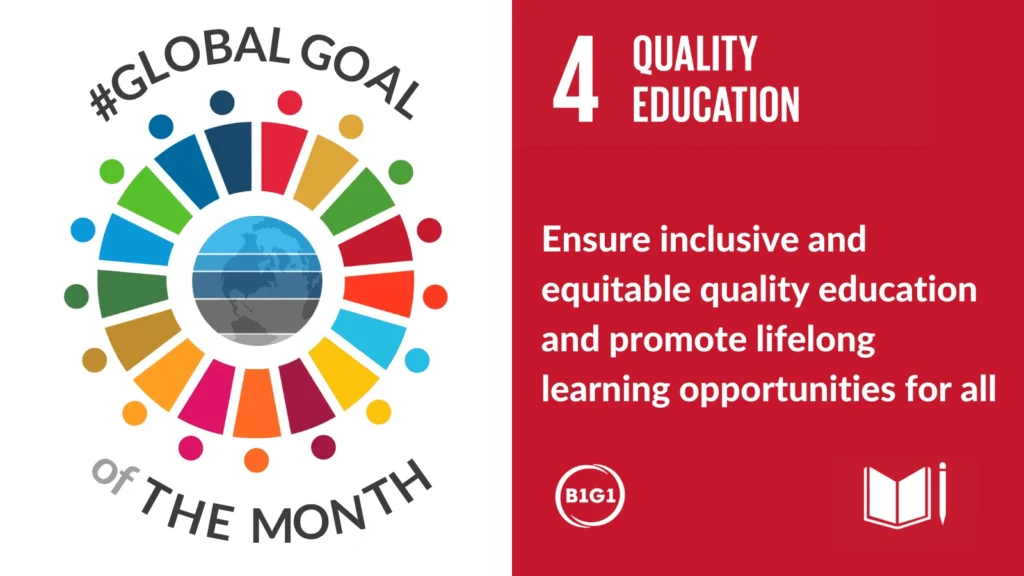Global poverty is a complex and pressing issue that affects millions of people around the world. Addressing the root causes of poverty and finding sustainable solutions is crucial in order to create lasting change. There are various interconnected factors such as lack of access to education, healthcare, and economic opportunities that contribute to the perpetuation of poverty. By understanding these root causes and implementing effective strategies, it is possible to make significant progress in alleviating global poverty and improving the lives of those affected.
Many people are curious about the underlying factors that contribute to global poverty, including social inequality, political instability, and environmental degradation. Addressing these issues requires a multifaceted approach that involves collaboration between governments, non-governmental organizations, and local communities. Finding sustainable solutions to poverty also involves empowering individuals and communities to build resilience and self-sufficiency. By addressing the root causes and implementing holistic strategies, it is possible to create a more equitable and prosperous world for all.
1. Understanding the Root Causes of Global Poverty
Global poverty is a complex issue with a variety of interrelated root causes. These causes can be categorized into economic, social, and political factors. Economic factors include lack of access to resources and opportunities, unequal distribution of wealth, and low levels of economic development. Social factors such as discrimination, marginalization, and lack of access to education and healthcare also contribute to global poverty. Additionally, political factors like corruption, weak governance, and conflict can further exacerbate poverty in many regions.
Understanding the root causes of global poverty is essential for developing effective solutions. By addressing these underlying factors, it becomes possible to create sustainable and long-term changes that can lift communities and nations out of poverty. This requires a comprehensive and multi-faceted approach that takes into account the interconnected nature of poverty and its underlying causes.
2. The Impact of Global Poverty on Communities and Nations
Global poverty has profound and far-reaching impacts on communities and nations. It affects not only the individuals and families who directly experience poverty, but also the overall socio-economic development of entire regions. Poverty leads to inadequate access to education, healthcare, and basic necessities, which in turn perpetuates cycles of poverty and limits opportunities for future generations.
Furthermore, global poverty can contribute to social unrest, political instability, and conflict, which have ripple effects beyond the borders of impoverished regions. In addition to the human cost, global poverty also hinders economic growth and development on a global scale, as it limits the potential for trade, investment, and collaboration with impoverished nations. Addressing global poverty is therefore not only a moral imperative, but also a strategic necessity for creating a more prosperous and stable world.
3. The Role of Education in Alleviating Global Poverty
Education plays a crucial role in breaking the cycle of poverty and promoting long-term sustainable development. Access to quality education provides individuals with the knowledge, skills, and opportunities necessary to improve their socio-economic status and contribute to the overall development of their communities. Education empowers individuals to pursue higher-paying jobs, become entrepreneurs, and participate in the global economy.
Furthermore, education has a multiplier effect, as educated individuals are more likely to invest in their children’s education, leading to intergenerational benefits that can help lift families out of poverty. By prioritizing education and ensuring equal access to schooling for all, societies can effectively address one of the root causes of global poverty and create a pathway to prosperity for future generations.
4. Empowering Women and Girls as a Key Strategy in Poverty Alleviation
Empowering women and girls is essential for effectively addressing global poverty. Gender inequality is a significant contributing factor to poverty, as women and girls often face discrimination, limited access to education and healthcare, and economic marginalization. By promoting gender equality and investing in the empowerment of women and girls, societies can unlock the full potential of half of their population, leading to significant social and economic benefits.
When women and girls are given equal opportunities in education, employment, and decision-making roles, they can contribute to economic growth, improve family welfare, and drive positive social change within their communities. Empowering women and girls is therefore not only a matter of human rights, but also a strategic investment in poverty alleviation and sustainable development.
5. Sustainable Development Goals and their Role in Poverty Reduction
The United Nations’ Sustainable Development Goals (SDGs) provide a comprehensive framework for addressing global poverty and its root causes. The SDGs encompass a wide range of interconnected issues, including poverty, hunger, health, education, gender equality, and environmental sustainability. By addressing these issues holistically, the SDGs aim to create a more equitable, prosperous, and sustainable world for all.
Key targets within the SDGs related to poverty reduction include eradicating extreme poverty, promoting inclusive and sustainable economic growth, ensuring equal access to education and healthcare, and reducing inequalities within and among countries. By aligning national and international efforts with the SDGs, governments, organizations, and individuals can work together to achieve meaningful progress in poverty reduction and sustainable development.
6. Harnessing the Power of Technology for Poverty Alleviation
Technology has the potential to be a powerful tool for addressing global poverty. Access to digital technologies and the internet can open up new opportunities for education, entrepreneurship, healthcare, and financial inclusion in impoverished communities. Mobile banking, for example, enables individuals in remote areas to access financial services and participate in the formal economy.
Additionally, technological innovations in agriculture, renewable energy, and healthcare can improve productivity, create new job opportunities, and enhance the quality of life for those living in poverty. By harnessing the power of technology and ensuring equitable access to its benefits, societies can overcome traditional barriers and leapfrog into a more prosperous and sustainable future.
7. Addressing Inequality and Social Justice for Sustainable Poverty Reduction
Inequality is a significant barrier to poverty reduction, as it perpetuates disparities in access to resources, opportunities, and basic rights. Addressing inequality requires a focus on social justice, human rights, and inclusive policies that prioritize the needs of the most vulnerable populations. This includes efforts to reduce income inequality, improve access to healthcare and education, and promote equal opportunities for all individuals, regardless of their background.
Furthermore, addressing systemic discrimination and marginalization is essential for creating a more inclusive and equitable society. By promoting social justice and human rights, communities and nations can create an environment where all individuals have the opportunity to thrive and contribute to the overall well-being of society, leading to sustainable poverty reduction and shared prosperity.
8. Strengthening Governance and Combating Corruption to Fight Poverty
Effective governance and anti-corruption efforts are essential for creating an enabling environment for poverty reduction. Transparent and accountable governance structures can ensure that resources are allocated efficiently and equitably, leading to improved access to essential services and opportunities for all members of society. Additionally, combating corruption helps to preserve public trust, attract investment, and promote economic growth.
By strengthening governance systems and promoting transparency, societies can create a solid foundation for sustainable development and poverty reduction. This includes efforts to enhance institutional capacity, promote the rule of law, and empower civil society to hold decision-makers accountable. Addressing governance challenges and corruption is therefore a critical component of any comprehensive strategy to alleviate global poverty.
9. Promoting Sustainable Economic Development for Poverty Alleviation
Sustainable economic development is key to lifting communities and nations out of poverty. This involves creating economic opportunities that are inclusive, environmentally sustainable, and resilient to external shocks. By promoting entrepreneurship, job creation, and investment in critical sectors such as infrastructure, healthcare, and education, societies can build a foundation for long-term prosperity.
Additionally, promoting access to financial services, improving market infrastructure, and fostering a conducive business environment can help to unlock the economic potential of impoverished communities. Sustainable economic development not only creates immediate opportunities for income generation, but also lays the groundwork for future growth and resilience, ultimately contributing to poverty alleviation and sustainable prosperity.
10. Global Partnerships and Collaboration for Effective Poverty Alleviation
Addressing global poverty requires coordinated action and collaboration among governments, international organizations, civil society, and the private sector. By working together, stakeholders can leverage their respective expertise, resources, and networks to achieve greater impact in poverty alleviation efforts. This includes partnerships for financing development projects, sharing knowledge and best practices, and advocating for policies that prioritize poverty reduction.
Global partnerships also play a crucial role in addressing transnational issues such as climate change, pandemics, and conflicts, which can have significant impacts on poverty levels. By fostering collaborative relationships and promoting a shared sense of responsibility, the global community can work towards a more equitable and sustainable future, where poverty is no longer a barrier to human potential and well-being.
| Root Causes | Solutions |
|---|---|
| Lack of access to education | Investing in education infrastructure and providing scholarships |
| Unemployment and low wages | Creating job opportunities and implementing fair labor laws |
| Political instability and corruption | Promoting good governance and transparency |
| Lack of access to basic healthcare | Improving healthcare infrastructure and providing affordable healthcare services |
Conclusion
Global Poverty: Addressing the Root Causes and Finding Solutions involves addressing issues such as lack of access to education, unemployment, political instability, and lack of access to basic healthcare. Solutions include investing in education infrastructure, creating job opportunities, promoting good governance, and improving healthcare services.




